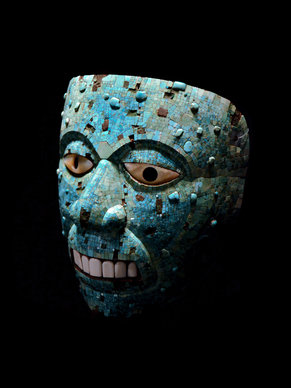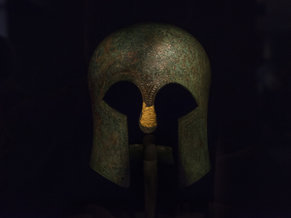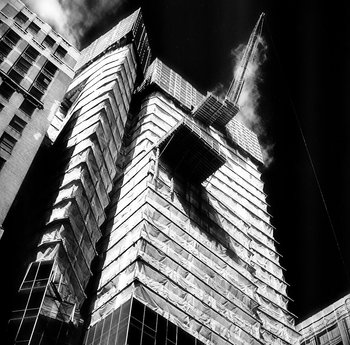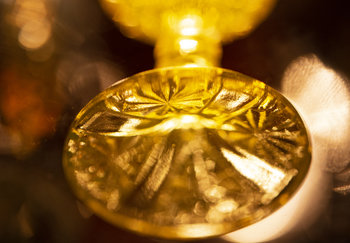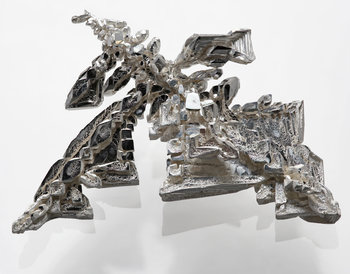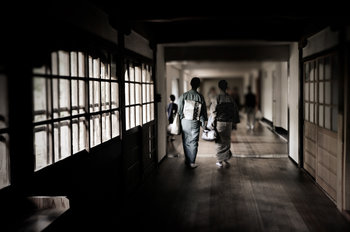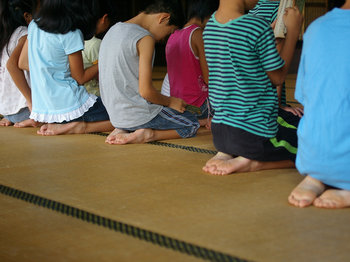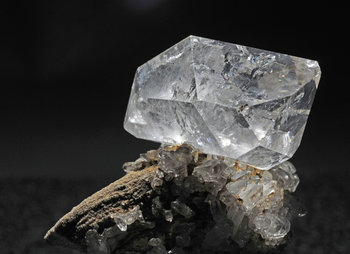
Compressive Strength
Compressive strength is the capacity of a material to resist forces pushing it together before being compressed, crushed or breaking. For example, the total weight you can put on top of a concrete block before it begins to crumble. Generally speaking, rock, bricks, concrete, glass and ceramics have high compressive strength.Tensile Strength
Tensile strength is resistance to being pulled apart. A material with high tensile strength resists forces that would act to make the material expand. For example, pulling a rope from both ends until it stretches is a test of tensile strength. Materials with high tensile strength include steel, spider webs, bamboo, carbon fiber and graphene.Ultimate Strength
Ultimate compressive strength and ultimate tensile strength are measures of when a material completely breaks under a compresive or tensile load respectively. In other words, compressive and tensile strength may be measured to where a material starts to deform or when it completely breaks.Elasticity
Elasticity describes a material that returns to its original form after being deformed by a compressive or tensile load. For example, a rubber band of 3 cm that can be stretched to 12 cm only to return to 3 cm when the tensile load is discontinued. Elasticity is often a desirable material property for applications such as tires where you want to absorb energy from stresses and strains.Plasticity
Plasticity is the opposite of elasticity as it is the propensity of a material to become and remain deformed by loads. For example, a flexible wire that can be easily twisted into a variety of shapes that never bounces back to its original shape.Brittleness
Brittleness describes a material that exhibits neither elasticity or plasticity such that it dramatically breaks at a point in time at a particular load level as opposed to more slowly deforming. For example, glass generally doesn't bend much before it breaks.Yield Strength
Yield strength is a measurement of where elasticity ends and plasticity begins for a material. For example, a tire may bounce back from minor stresses due to its elasticity but more serious stresses may leave damage in the tire that can be described as plasticity.Flexural Strength
Flexural strength is a measure of a material's propensity for resisting bending before yielding such that permanent deformations occur. This can be tested by elevating the material and applying downward stress from the middle. This type of strength is important for components that need to flex under high load and bounce back without any permanent damage such as the wings of aircraft.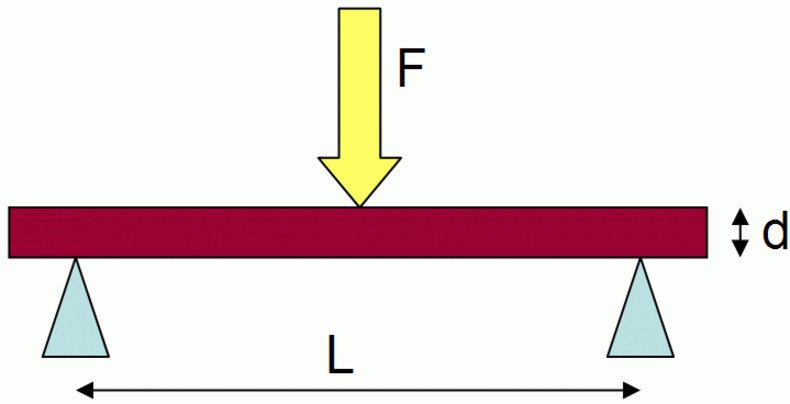
Shear Strength
Shear strength is a material's ability to resist being cut along a thin line such that its structure separates. For example, a material that resists being cut with a tool such as scissors or a saw.Scratch Hardness
A material that resists scratches and abrasion such as silicon carbide, boron carbide and diamonds. These materials resist abrasion and are also excellent abrasives themselves that can be used in tools and machinery to shape or finish workpieces using friction.Indentation Hardness
A material that resists indentation by a sharp tool such as an etching tool.Toughness
Toughness is resistance to damage from falls or impacts. For example, a diamond is very hard but can be completely smashed with a hammer whereas rubber is relatively soft but can potentially resist damage from impacts.Fracture Toughness
Fracture toughness is resistance to fracture whereby a small thin crack begins to grow. For example, concrete has relatively low fracture toughness such that cracks make it weaker. Where a material has low fracture toughness any imperfections in the material can greatly reduce its overall strength.Chemical Resistance
A material's resilience when exposed to chemicals including naturally occurring chemicals such as salt water.Corrosion Resistance
An important type of chemical resistance whereby a material resists corrosive chemical reactions such as the oxidation of metal.Thermal Shock Resistance
A material's resistance to fast changes in temperature. For example, normal silicate glass may shatter when exposed to boiling hot water whereas borosilicate glass is somewhat more resistant such that it is often used for high temperature applications such as coffee pots.Wear Resistance
The ability of a material to withstand all of the mechanical and chemical stresses that it is likely to encounter in a particular use case. For example, the ability of a material used in the soles of shoes to resist water, salt, temperature variations, friction and impact that can be expected in the regular use of the product.Notes
As most materials have some type of weakness, it is common to combine materials to create composite materials. These are usually selected to compensate for each other's weaknesses. For example, concrete has high compressive strength but low tensile strength, so it is often reinforced with a material with high tensile strength such as steel or carbon fiber.| Overview: Material Strength | ||
Type | ||
Definition | The ability of a material to retain its structure when subjected to stresses and strains. | |
Related Concepts | ||


